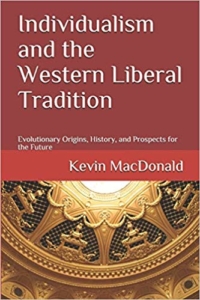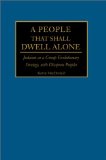Weimerica? — Carl Schmitt on the Rule of Law

Carl Schmitt, 1888–1985
The Liberal System likes to adorn itself with the label “the rule of law,” implicitly suggesting that other systems of belief, other non-liberal states or statelets throughout history solely function as lawless entities violating the freedom of their citizens. This is not true. Since time immemorial states worldwide, even the worst tyrannies, have used legislative policies when passing a verdict against political opponents or common criminals. The problem is not whether those illiberal states or statelets are/were just or unjust; the problem is rather the right or wrong choice of words and the subsequent interpretation of those words by the detractors or proponents of those states.
For instance, legislation in communist Eastern Europe and the Soviet Union contained detailed constitutional structures covering all aspects of citizens’ lives. The same goes for Fascism in Italy and National Socialism in Germany (1922–1945), whose leaders considered their country’s laws far more freedom-loving than the laws of the Liberal System. In contemporary America, under the cover of the grandiloquent expression “the rule of law,” the judiciary tends more and more to slide toward excessive legalism—lawfare by any other name, which sooner or later leads to administrative disruption with a possibility of triggering civil unrest. Currently, this process of lawfare can be observed in the US judiciary, as illustrated by numerous indictments against former president Donald Trump, by Letitia James’s crusade against VDARE, the Charlottesville lawsuit, and much else. Moreover, the quasi-Soviet-style trials of thousands of January 6 Capitol protestors are in full swing with defendants becoming subjects of poorly defined and often abstract misnomers (rioters?, trespassers?, insurrectionists?, terrorists? …or freedom fighters!?). It must be pointed out that the salvo of mutual accusations, felony charges, and countercharges from Trump’s legal team versus US government-sponsored local DAs and activist, Trump-hating lawyers like Roberta Kaplan are not an inherent feature of the American system. Not at all. In fact, overt hyper-legalism in the US, bordering increasingly on administrative anarchy, represents the very essence of the historical dynamics of the Liberal System.[i]
Quis judicabit? — who makes the final legal decision?
The striking similarity between the current US judicial system and the semi-anarchic judiciary in Weimar Germany that had resulted in incessant civil unrest and serial political killings was observed by Carl Schmitt in his numerous critical articles published from 1933 to 1944 in legal journals of National-Socialist Germany. One must, however, keep in mind several points of concern when studying Schmitt’s legal work. The English language does not have the equivalent for the compound German noun “Rechtsstaat” (state ruled by law), a noun which has its exact verbal and conceptual replica in all continental European languages (état de droit, pravna država, stato di diritto, právní stat, etc.). Instead, US/British legal scholars resort to a more general expression such as “the rule of law” or the “constitutional state” — terms which do not convey the same specific meaning as the German “Rechtsstaat”. The expression I use in my translations of Schmitt’s citations, i.e., state ruled by law may by closest to the original German noun “Rechtsstaat”.
Secondly, one must keep in mind that Schmitt, who is often quoted today by scores of contemporary US and European traditionalist scholars, Alt-Right, or New Right intellectuals and activists, was not only a legal expert and a renowned political scientist, but also a multilingual scholar constantly prodding into the meaning of political concepts and their semantic distortions by diverse ruling political classes in Europe and the US. The expression “fake news” did not exist during his lifetime, although Schmitt was well aware of the faked legalese embedded in liberal judicial jargon. Despite his open sympathy for National Socialism and Fascism it is worth examining the relevance of his articles, especially when assessing the current US and EU legal systems within international law. In his article under the laudatory subtitle “The National Socialist state is a righteous State” he writes:
Whether a “Rechtsstaat” [i.e. state ruled by law] exists depends on a specific property that one attributes to this ambiguous word and also to what extent a Rechtsstaat comes close to a righteous state. Liberalism of the 19th century attributed to this term a specific meaning, thus turning the Rechtsstaat into a political weapon in its struggle against the state. Whoever uses the expression, must exactly spell out what he understands by it and how his Rechtsstaat differs from the liberal Rechsstaat, as well as how his Rechtsstaat should be national socialist, or for that matter any other kind of Rechtsstaat.[ii]
Given the widespread overuse of the term “the rule of law”, it must not come as a surprise that this term hardly sounds credible any longer. “In this sense,” writes Schmitt, “liberalism has indiscriminately endeavored over the last century to portray every non-liberal state, be it an absolute monarchy, be it a Fascist state, be it a National-Socialist or a Bolshevist state, as a state not ruled by law (Nicht-Rechtsstaat), or as an unjust or lawless state (Unrechtsstaat).”[iii] Furthermore, the Liberal System, as its supporters tirelessly point out, is established as a two-tier social construct with a sharp division between the state apparatus and a private person. The underlying assumption is that such a division can best prevent the rise of a powerful state and a dictatorial leader. The liberal state, according to liberal theoreticians, must solely function as an occasional “nightwatchman,” never interfering in the private sphere of the individual:
This two-tier nature explains the typical two-tier constitutional framework of the bourgeois Rechtsstaat. Fundamental rights and freedoms guaranteed by the liberal-democratic state and its constitutional system are essentially the rights of the private person. For this reason alone [those rights] can be considered “apolitical”. The liberal state and the constitutional framework are based on a simple and direct contrast between the state and the private person. Only on the basis of this contrast is it natural and worthwhile to endeavor to create the entire building of legal protections and facilities in order to protect a helpless, defenseless, poor, isolated private person from the powerful Leviathan “state”. Only for the protection of a poor individual do most of these legal protection measures, in the so-called Recthsstaat, make sense. They can be justified on the grounds that the protection from the state must be increasingly modeled on judicial proceedings, and even more so in line with the decision of judicial authority independent from the state.[iv]
The above-mentioned quote on the romantic self-perception of the Liberal System is flawed. One might raise the question: is it true, as liberal theoreticians claim, that division between the civil society and the state can best guarantee individual liberties, and best protect private citizens from arbitrary state decisions? Hardly. Is it true that the much-lauded liberal checks and balances, including a sharp separation between the executive, the legislative and judicial branches can best prevent totalitarian temptations? Hardly. The overly praised cleavage between the private sphere and the public sphere is deceptive; it does not enable citizens to escape from the modern liberal surveillance state. It must be emphasized over and over again that in the Liberal System it is no longer the state that exerts control; instead, a myriad of elite, well-funded pressure groups, NGOs, media companies, and lobbies influence citizens on the daily basis while wisely using the state only as a legal cover. Schmitt analyzed long ago the negative impact of nongovernmental counterpower pressure groups.
However, all of this gets completely absurd as soon as strong collective associations or organizations conquer nongovernmental, non-political spheres of freedom, and as soon as nongovernmental (but by no means apolitical) organizations get hold of private persons, on the one hand, while confronting the state under the guise of various legal titles (people, society, free bourgeoisie, producing proletariat, public opinion, etc.), on the other. Such nongovernmental, but, as mentioned, thoroughly political associations, come to dominate both (via the legislature) the will of the state as well as (through social and “purely private law” coercion) the single individual whom they turn into a media subject. They are actual and real political decision makers and manipulators of the levers of state power.”[v]
Does this sound familiar? What is now derisively named as deep state was well anticipated by Schmitt, although this term did not exist during his lifetime. In their criticism of the liberal Weimar Constitution German nationalists introduced and popularized all over Europe the term (das) System, a term that can easily be substituted today for the modern liberal deep state. Surely, in a Liberal System where power is decentralized, known in academia as the “power-sharing” process, a dissident citizen can only fantasize about toppling the government by force in his resident state. At first sight this may sound like a noble freedom-protecting trait of the Liberal System. However, the atomized nature of dispersed power in Liberalism, resulting from its famed checks and balances policies, inevitably leads to a dispersed mutual distrust and hatred among citizens, in which the line between the victim and the perpetrator gradually disappears. The late Claude Polin, who was one of the best observers of liberal contradictions, raises a haunting question: “How is it possible that one fears a king exercising his power, and why is it that one has less fear when the same power is conferred on millions of little kings?”[vi]
Hundreds of nongovernmental kingly figures and hundreds of private agencies in the US and EU, including scores of ethnically based pressure groups, each displaying often a bizarre victimhood, and each controlling its own turf, have their own methods of repression against dissident voices. Surely most NGOs in the US and EU, do not hide their deep aversion of the strong state and are quick to denounce any sign of populism in the government bureaucracy. Yet they do not shy away from exercising their own repressive policies against other out-groups, while begging at the same time the state for generous subsidies. ADL, SPLC outlets in the USA, dozens of antifa and transgender foundations, including government-funded Chistian and Jewish institutions in the EU, such as Crif, LICRA or Amadeu Antonio Stiftung operate very similar to former Soviet local people’s commissariats. They all take for granted, however, that they are entitled to a slice of government, i.e., the taxpayers’ cake. In the name of abstract “tolerance” and “the rule of law” they consider their democratic and legal duty to spy and denounce their fellow citizens who are critical of liberal judicial dogma. The postmodern liberal democracy, although bragging about being the best of all the worlds, is increasingly reminiscent of the early medieval states-in-the-making.
The Liberal System, i.e., the deep state in contemporary US and EU, being basically an oligarchic system, did not drop from the moon, nor is it made up of conspiratorial monolithic gangs of self-declared thieves bent on subverting the state. The Liberal System in the West is just a logical outcome of different, often mutually feuding groups that willingly—and sometimes unwittingly—as in the case of Christian religious groups promoting liberal refugee policies—work on the social, racial and national decomposition of the state and its people — a trait inherent in the very dynamics of the liberal (mis)rule of law.
[i] T. Sunic, “Historical Dynamics of Liberalism: From Total Market to Total State? “, The Journal of Social, Political, and Economic Studies 13, no. 4, (Winter 1988), p. 455.
[ii] C. Schmitt, „Fünf Leitsätze für die Rechtspraxis“ in Deutsches Recht, 3, Nr. 7 (1933), S. 201–202, reprinted in Gesammelte Schriften 1933–1936 (Berlin: Duncker & Humblot, 2021), p.56. (also: https://archive.org/details/carl-schmitt-gesammelte-schriften-1933-1936)
[iii] C. Schmitt, Der Rechtsstaat, first published in Nationalsozialistisches Handbuch für Recht und Gesetzgebung (München: Zentralverlag der NSDAP, 1935, S. 24–32) reprinted in Gesammelte Schriften 1933–1936, p.286-287.
[iv] C. Schmitt, „Die Verfassungslage Deutschlands“ in Preußische Justiz – Rechtspflege und Rechtspolitik, Nr. 42, 5. Oktober 1933, pp. 479–482, reprinted in Gesammelte Schriften 1933–1936, p.74.
[v] Ibid, p. 75-76.
[vi] Claude Polin, “Pluralisme ou Guerre civile ?” Catholica (winter, 2005–06), p. 16.

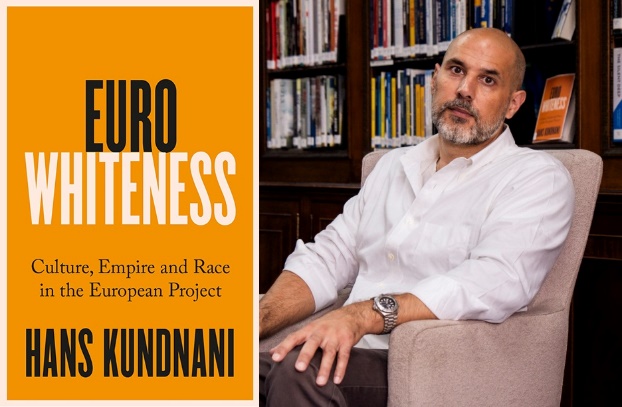

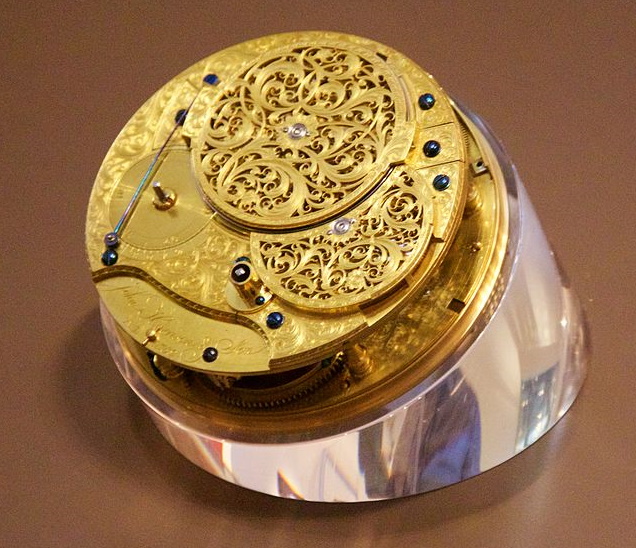
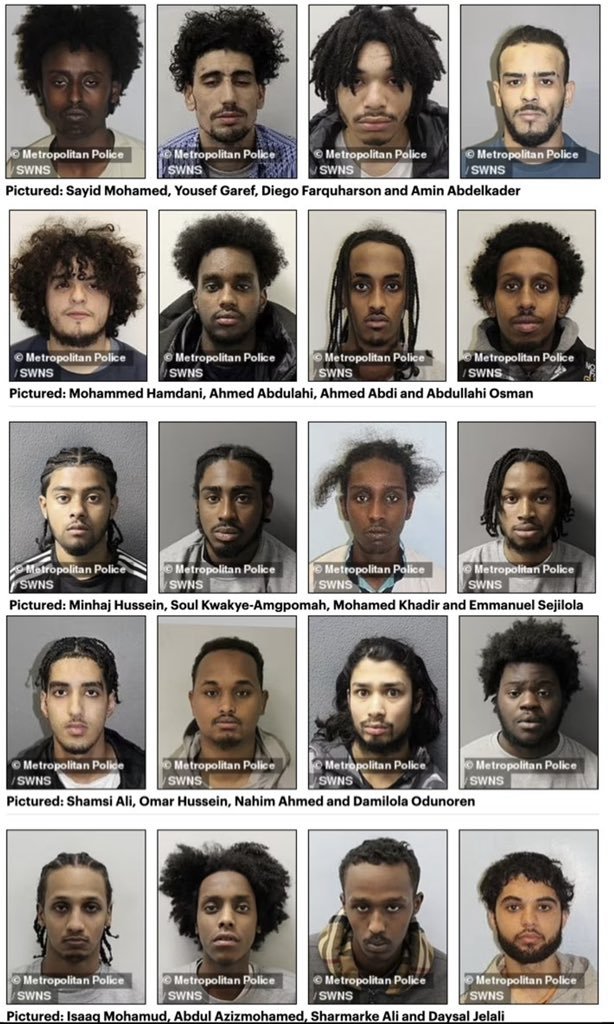 Malevolents with machetes: the Rolex-rippers who contribute Black savagery to White civilization
Malevolents with machetes: the Rolex-rippers who contribute Black savagery to White civilization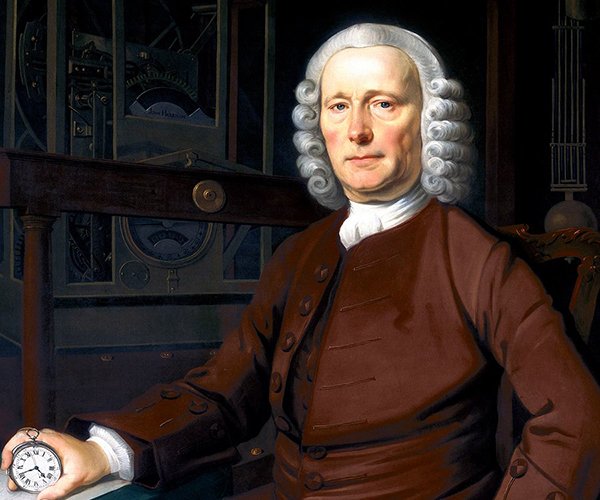 Humbly born Yorkshire genius
Humbly born Yorkshire genius 